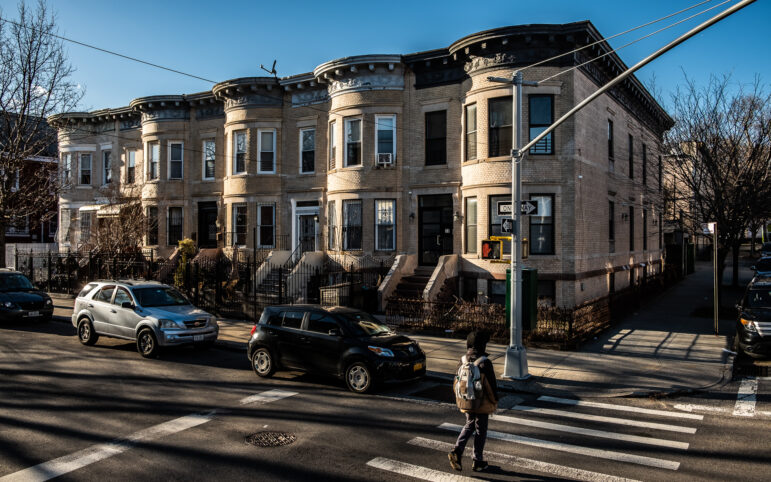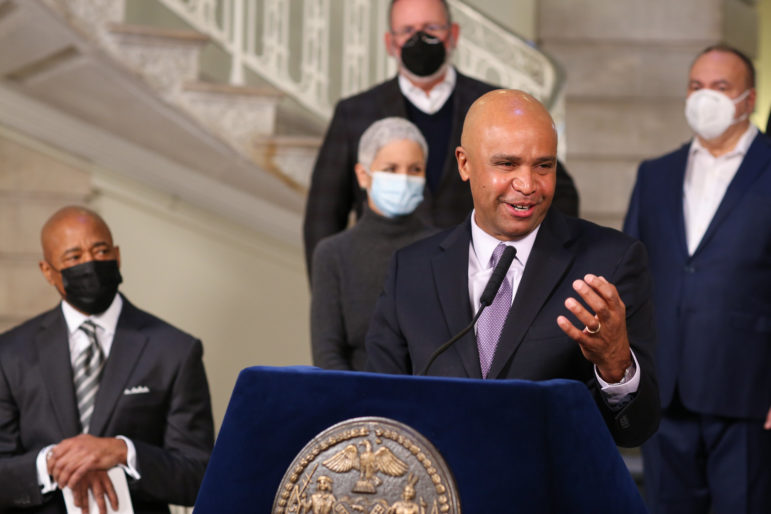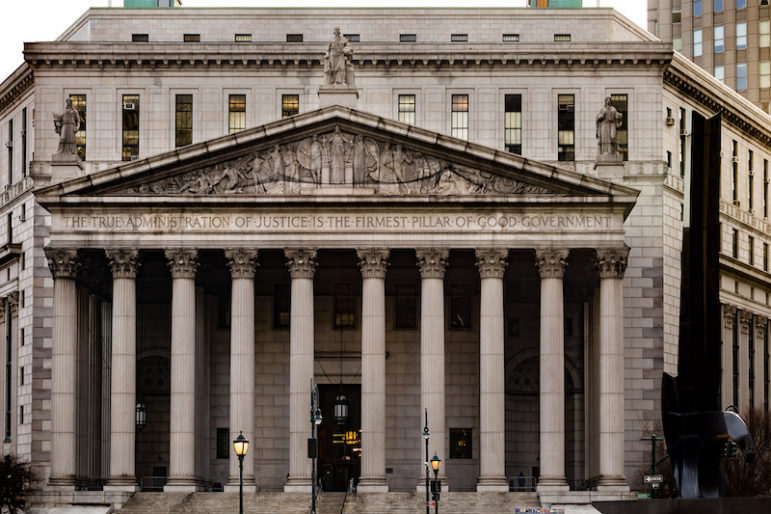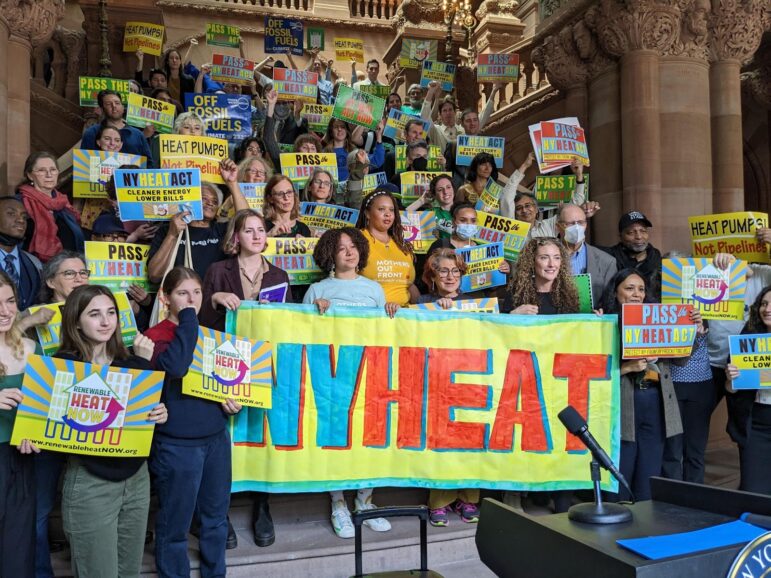“Despite the ambitions of the New Efficiency: New York program, its reach in New York City is limited…households living in small residential buildings are consistently excluded from funding allocation, accounting for only 7 percent of all state home retrofits since 2010.”

Adi Talwar
Homes along Ridgewood Avenue and Cleveland Street in Brooklyn.New York has a pot of gold on its hands—$5 billion—that can be invested to help homeowners and tenants across the state save money and improve their homes, all while advancing our state’s climate goals. The pressing issue is: will this money go to those who need it most and actually address our climate concerns? Or will it be wastefully spent?
The funds are part of the New Efficiency New York (NE:NY) program, a state-mandated initiative launched in 2020 with the goal of enhancing energy efficiency and accelerating home electrification. Combined with federal Inflation Reduction Act funding, NE:NY presents a once-in-a-generation opportunity for New York to incentivize clean energy retrofit projects for struggling households. This is especially critical in low-income communities of color impacted by high energy burden, pollution, gentrification, and displacement.
Despite the ambitions of the NE:NY program, its reach in New York City is limited. A Pratt Center analysis found that households living in small residential buildings (those with 1 to 4 units) are consistently excluded from NE:NY funding allocation, accounting for only 7 percent of all state home retrofits since 2010 despite the city having 863,000 such buildings.
This leaves a large number of Black, brown, and low to moderate income (LMI) households out of the clean energy transition. An analysis recently published by WINPOWER shows that only 23 percent of NE:NY spending goes to low-income communities, even though 40 percent of New Yorkers are low-income.
Currently, millions of New York City residents live in drafty homes with inefficient, polluting gas appliances that contribute to higher energy bills, the climate crisis, and poor air quality. Nearly one in four households in New York City, Hudson Valley and Long Island can be classified as “energy-burdened,” meaning that at least 6 percent or more of their income is spent on energy; for some, that figure rises to a staggering 20 percent.
Decisions on how to allocate NE:NY funds for the next five years are imminent. By making strategic, targeted investments, New York regulators can provide LMI households with climate-resilient homes, which will help the entire state reduce emissions, improve air quality and community health outcomes, and lower costs.
First and foremost, we need to reassess narrow eligibility criteria so that low-income residents are not left out of the program. Policymakers must then make a course correction and mandate that at least 50 percent of NE:NY’s funding is invested in LMI households. This funding shift will be a lifeline for residents in the New York City metro area and beyond, helping them afford energy efficiency upgrades.
Secondly, we need to reform NE:NY so that low-income households that have gas heating are deemed eligible for benefits, which the program currently prevents. If overlooked, these residents will see their monthly energy bills rise in the coming years as National Grid and Con Edison continue to raise rates with permission from the Public Service Commission, as we saw just this past August.
Maximizing NE:NY’s benefits not only focuses on who receives funding but also on what is funded. Of the $2.4 billion spent under NE:NY between 2020 and 2023, a third was directed to less strategic measures such as fossil fuel equipment that comes with unpredictable bills and harmful pollution. Instead of spending money on illogical and unsustainable measures, we should use NE:NY funding to bridge the gap for households who need health and safety repairs before they implement electrification.
The rest of the funding should be devoted to electrification and weatherization upgrades, such as insulating walls, attics, and basements, and electrifying stoves, hot water and heating systems. Efficiency measures reduce energy loss and lower utility bills for LMI households. Weatherization also enables a building to maximize the efficiency of electric technology such as heat pumps, which are two to three times more efficient than gas boilers in winter weather.
With $5 billion at our disposal and the climate and housing crises looming, we can’t afford to continue the energy efficiency redlining that is currently built into the New York State Energy Research and Development Authority’s (NYSERDA) incentive design. It’s time to address long-standing inequities and make investments that will deliver clean energy technology to LMI communities hardest hit by historical disinvestments and the climate crisis. NE:NY can be a mechanism to provide that urgent relief.
Rebekah Morris-Gonzalez is the director of climate initiatives at the Pratt Center.








